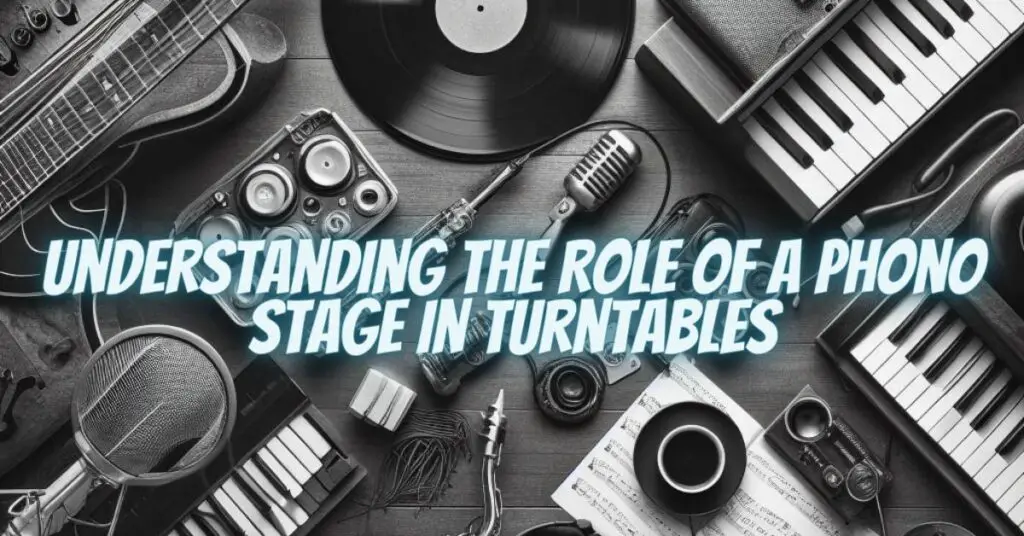In the world of vinyl records and turntables, the term “phono stage” often raises questions among newcomers and even some seasoned audiophiles. So, what exactly is a phono stage, and why is it an indispensable part of a turntable setup? This article will demystify the phono stage, explaining its role, significance, and why it’s crucial for vinyl playback.
Part 1: The Phono Stage Explained
A phono stage, also known as a phono preamplifier or phono preamp, is an electronic component that serves a specific and essential purpose in a vinyl playback system:
- Signal Amplification: Phono cartridges, the small devices that hold the stylus (needle) and track the grooves on vinyl records, generate a very weak electrical signal. This signal is significantly quieter than the audio signal produced by other sources like CD players or streaming devices.
- Equalization (EQ) Correction: Vinyl records are mastered with a particular frequency response, which compensates for the limitations of the medium. This equalization, often referred to as the RIAA curve, involves a specific treble boost and bass cut. Without EQ correction, records would sound unbalanced and tinny.
- Compatibility: Phono stages provide compatibility between the output of the phono cartridge and the input of the amplifier or receiver. They bridge the gap between the low-level, unprocessed signal from the cartridge and the line-level input that most amplifiers and receivers expect.
Part 2: Why a Phono Stage is Vital for Vinyl Playback
Here are the key reasons why a phono stage is indispensable for vinyl playback:
- Signal Amplification: Phono cartridges output a signal that is far too weak to be audible when connected directly to an amplifier or receiver. A phono stage amplifies this signal to a level suitable for further processing.
- EQ Correction: Without the RIAA equalization provided by the phono stage, vinyl records would sound imbalanced, with too much treble and insufficient bass. The phono stage ensures that the music sounds as intended during the recording process.
- Reduced Noise: Phono stages are designed to minimize electronic noise and interference. They provide a clean, low-noise signal path, preserving the delicate details and nuances present in vinyl grooves.
- Compatibility: Different phono cartridges may require different levels of gain (amplification). The phono stage offers gain adjustment options to accommodate various cartridge types, ensuring compatibility with your specific setup.
Part 3: Selecting the Right Phono Stage
Choosing the right phono stage is crucial for optimizing your vinyl playback experience. Here are some factors to consider:
- Budget: Phono stages come in a range of price points. Determine your budget before you start shopping to help narrow down your options.
- Compatibility: Ensure that the phono stage you choose is compatible with your turntable, cartridge, and amplifier or receiver. Some turntables have built-in phono stages, while others require an external unit.
- Features: Phono stages vary in terms of features. Some offer adjustable gain settings, cartridge loading options, and even digital connectivity. Consider your preferences and system requirements when evaluating features.
In the world of vinyl playback, a phono stage plays a critical role in transforming the weak, raw signal from a phono cartridge into a powerful, balanced, and noise-free audio signal suitable for amplification and playback. Understanding the importance of a phono stage is essential for anyone looking to enjoy the rich, analog sound of vinyl records. By bridging the gap between the turntable and the audio system, the phono stage ensures that the music from your vinyl collection sounds as it was intended to be heard, preserving the magic of vinyl for audiophiles and music enthusiasts alike.

